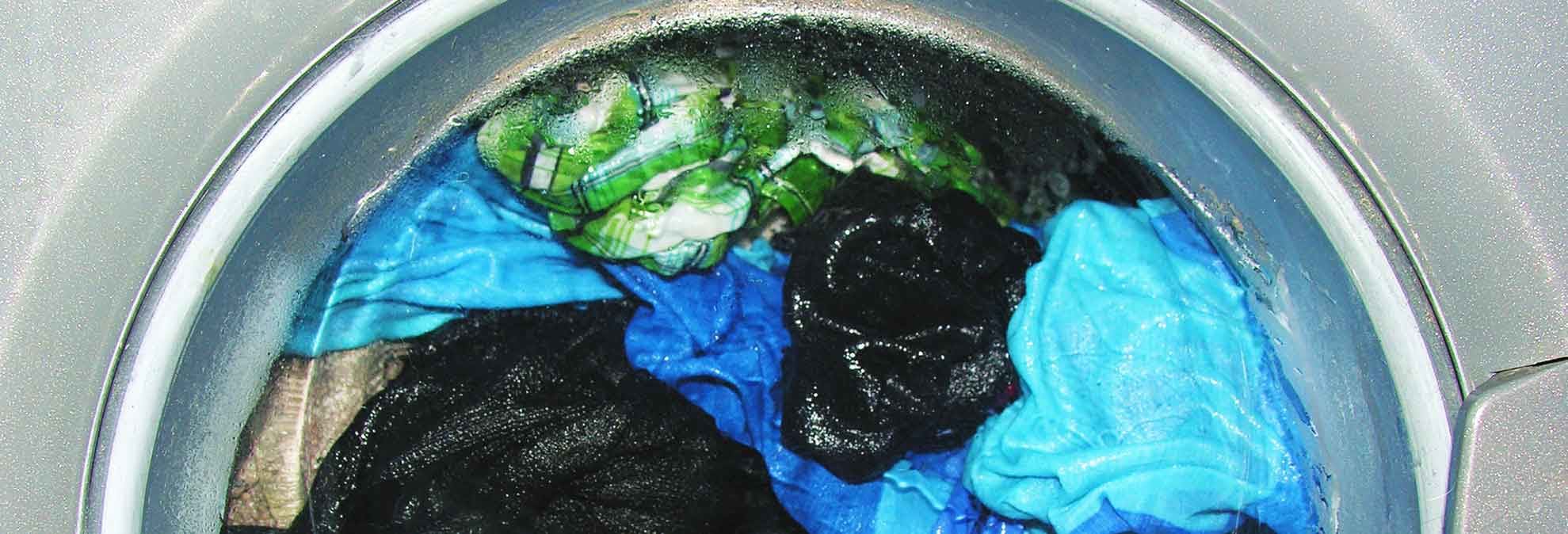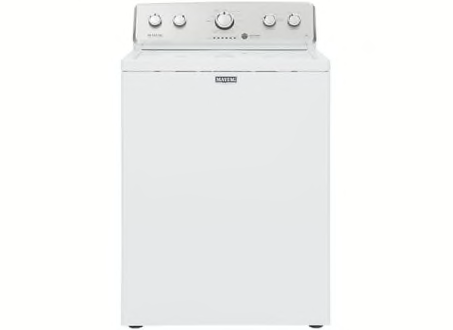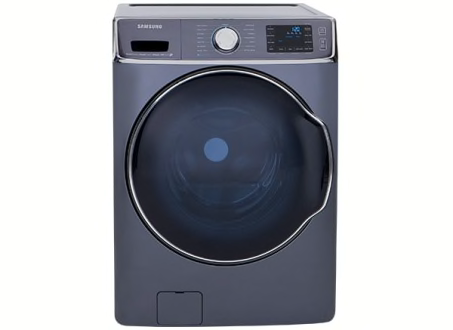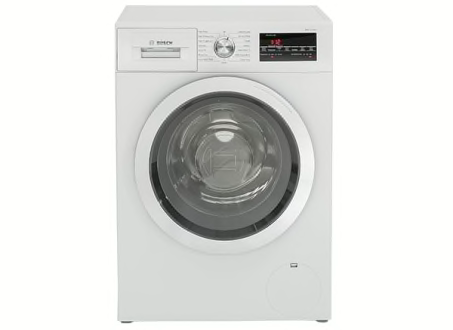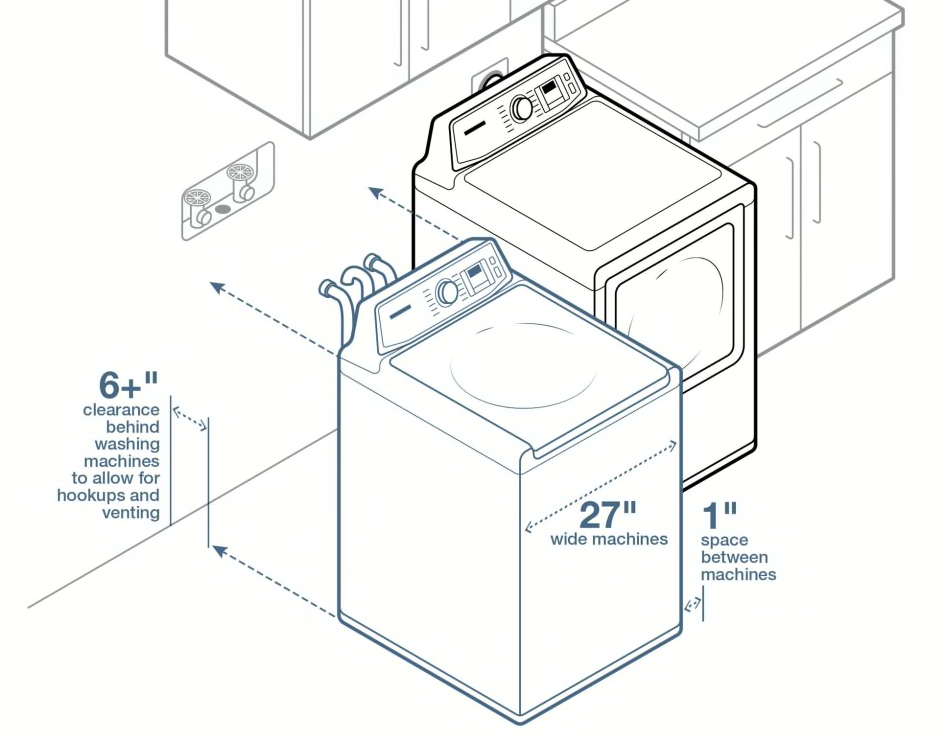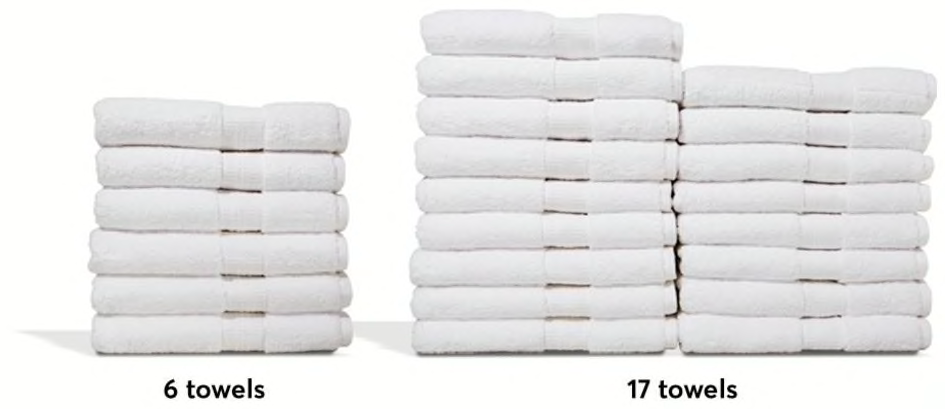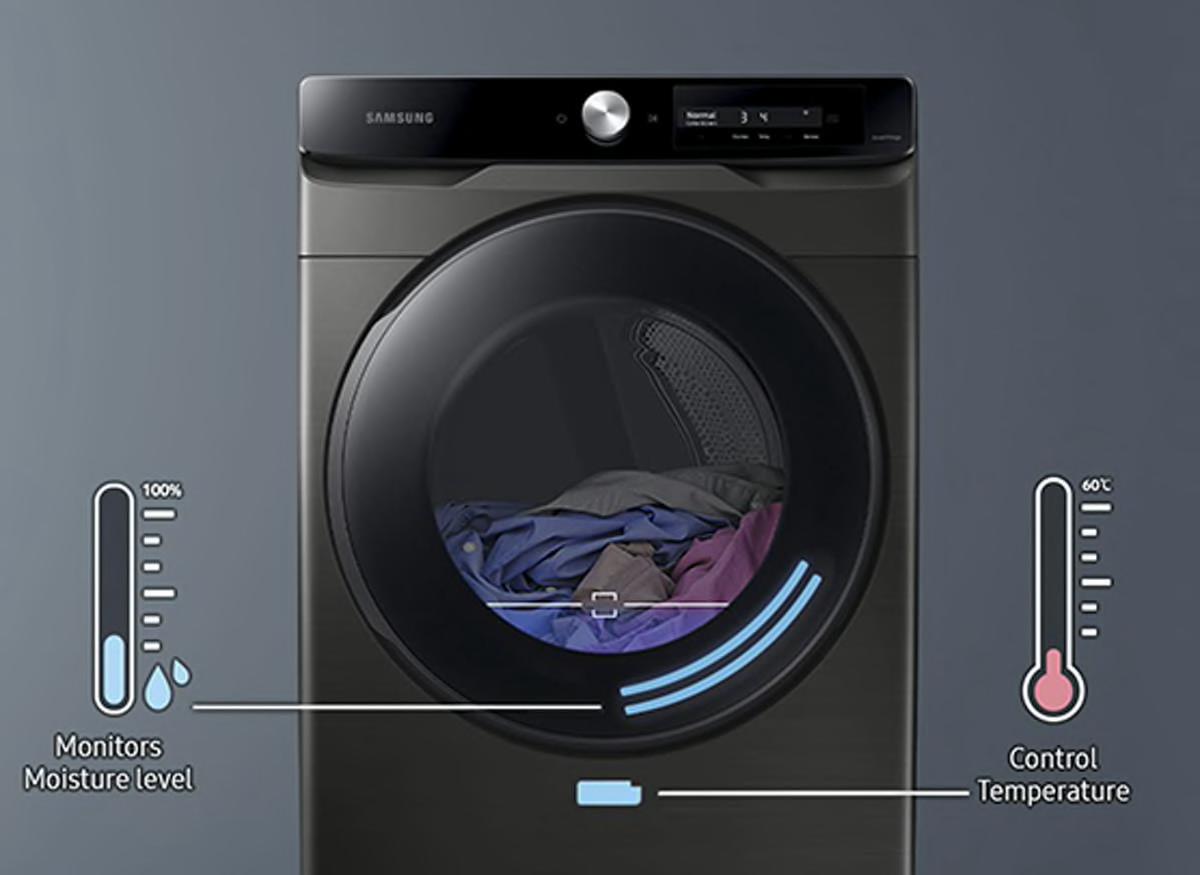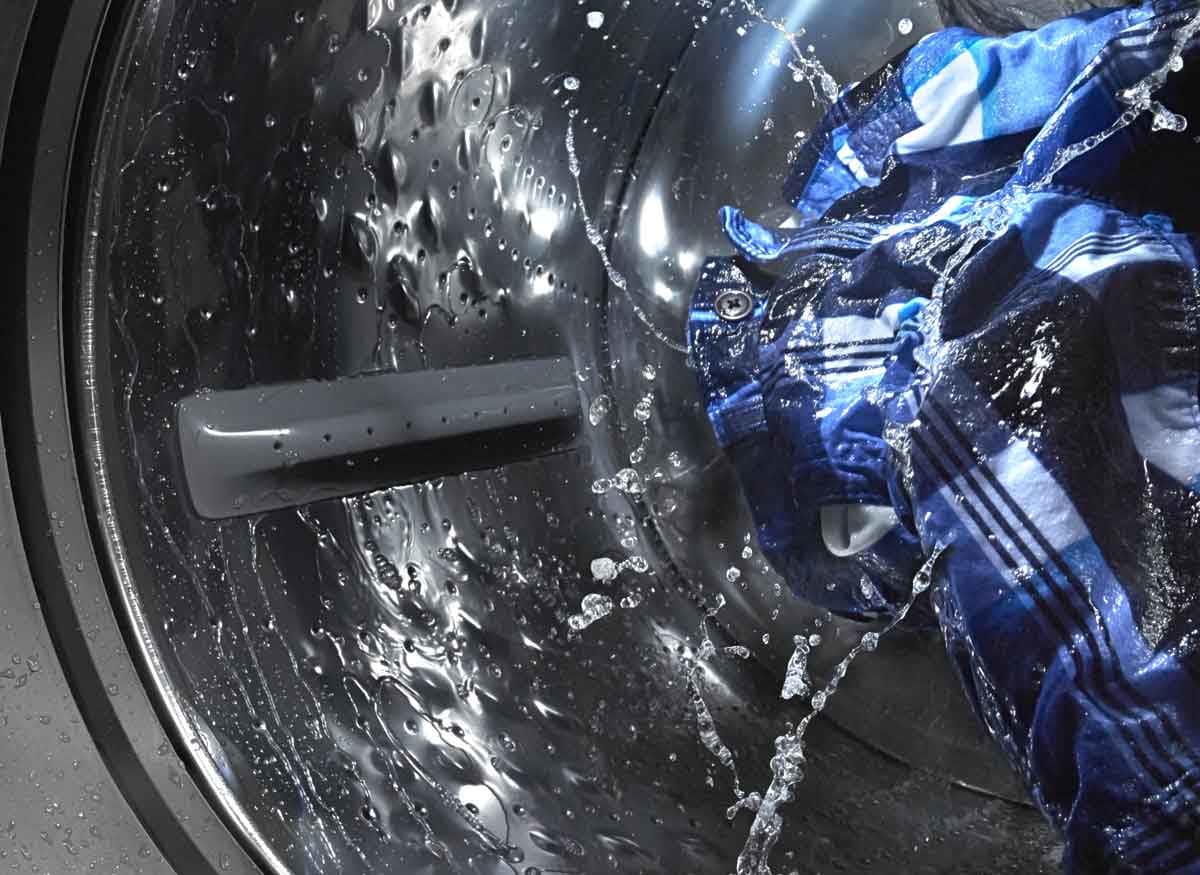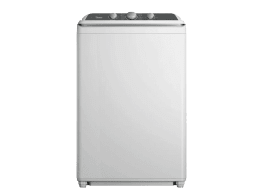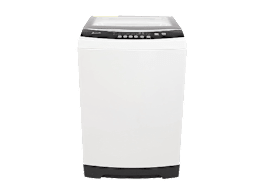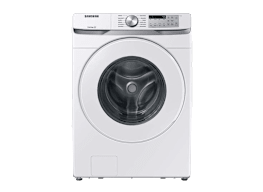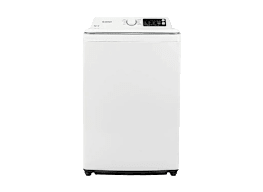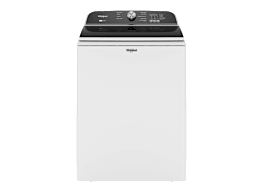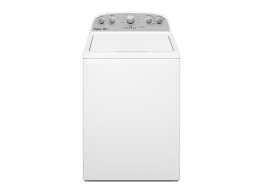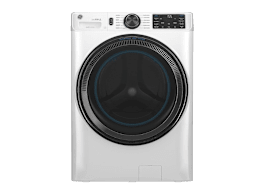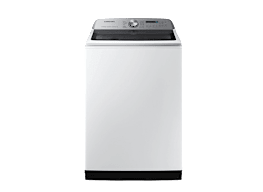Laundry can be a tedious task. All that sorting, loading, fluffing, and folding can be a drag. But when it comes to the dirty work—the actual cleaning—an efficient washing machine can lighten your load for years to come.
Modern washers look sleek and high-tech, but not all are created equal. Some clean clothes better, some wash clothes more gently, some save energy, and some are more likely to last. The most eco-friendly washers, which earn our Green Choice designation, are the most energy-efficient and have the smallest environmental footprint.
Washers sell for $500 to $2,500, depending on the type, capacity, efficiency, and features. But most fall in a price range $500 to $1,400. In addition to basic models, you’ll now find smart washers that respond to Alexa voice commands or "talk" to their matching dryer; you’ll even see washer-dryer combos that perform both functions in the same appliance, eliminating the need to transfer loads from one machine to the other. Some washers even deploy downloadable software fixes or offer remote access, so you can control your washer with your smartphone.
Buying a matching washer and dryer set with compatible settings on each machine is popular and convenient.
No matter which washer model you choose, follow our maintenance tips to keep it running smoothly. Most of the full-sized machines we’ve tested come with a 1-year warranty on parts and labor. Speed Queen, however, offers warranties ranging from 3 to 7 years. You’ll see warranty information in our washing machine ratings. If your washer does break down, check our Repair or Replace Tool for practical advice to help you decide whether it’s financially feasible to repair or replace your machine. Our tests also reveal the laundry products that waste loads of money.
















